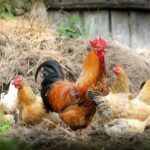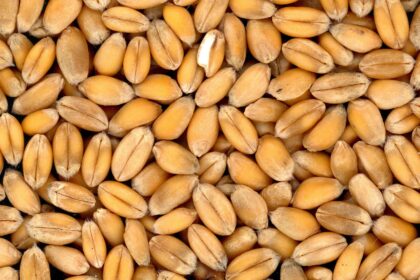Here is a short yet complete guide to carrot farming in Kenya. This post does not tire you down with carrot origin, health benefits, and what you have.
We’re going straight to the specifics and carrot farming in Kenya’s requirements. Let’s do this.
Carrot Farming in Kenya- A Simple Guide
Where do I start to grow carrot seedlings?
You can grow carrots directly on the field or in a seedbed if you have time and like to do things in order.
How long do carrots take to mature?
Carrots take between 2 and 3 months to grow, mature, and be ready for harvesting.
What is the recommended space for planting carrots?
The space needed for carrots’ growth depends on their variety. However, allowing a distance of 5cm between rows is advisable. And an area of 8cm apart in every direction with a minimum depth of 25cm for each plant.
Moving on, let us look at the land requirements for carrot farming.
Carrot Farming Land Requirements
Carrots being root vegetables are always favored by moderate soils that are too acidic or alkaline. In other words, carrots do well in soils with a PH of between 5.8 and 6.5.
And just like other vegetables, carrots love soils with plenty of Potassium and Phosphate nutrients.
But then again, you can supplement these nutrients to the crop by using compost manure. However, you must prepare the soil six months before planting the seed. By doing this, you’ll achieve an ideal PH of 6.
Well, things are moving on smoothly for us. Bearing this in mind, here are some quick facts about short faqs about carrot farming in Kenya that I think you should know too.
Okay, let us look at how carrots in Kenya germinate and what they need during this crucial yet essential stage.
Germination
Carrot seeds need plenty of humidity to start germinating. In this regard, an astute farmer wraps the seeds in dump paper two days before planting.
Planting
When planting the carrot seeds, make a slight furrow in the soil 1cm deep and deposit 4-5 seeds every 2.5cm. Cover the trenches with the removed moist soil and wait patiently for the seeds to grow.
It is worth noting that carrots take time to appear; you don’t have to despair if you immediately see changes.
After the seeds have grown to a 2.5-3cm height, remove the extra seedlings, and leave one carrot every 2.5cm. Remember, you don’t need a measuring ruler to do this 🙂
Repeat the above process after the growth has continued for some time. However, leave a distance of 8cm apart for each crop.
Carrot Farming in Kenya: Sun Exposure and Irrigation
Carrots were previously grown in cold places, but they love the sun very much, just to let you know. So, growing carrots in areas with lots of sunlight is advisable.
As for the water, you must keep the soil moist and ensure that the water has penetrated deep.
In summary, carrot farming in Kenya is a productive activity with a ready market. In short, when harvesting carrots, you should not damage or break them.
Generally speaking, removing the carrots by hand from the soil is advisable instead of using other farm tools.
However, if breakages occur as accidents happen, it is again recommended not to store the damaged goods with the others ready for the market.
That is all we have for today about carrot farming in Kenya. If you find this blog post useful, click the share buttons below to share on social media.













